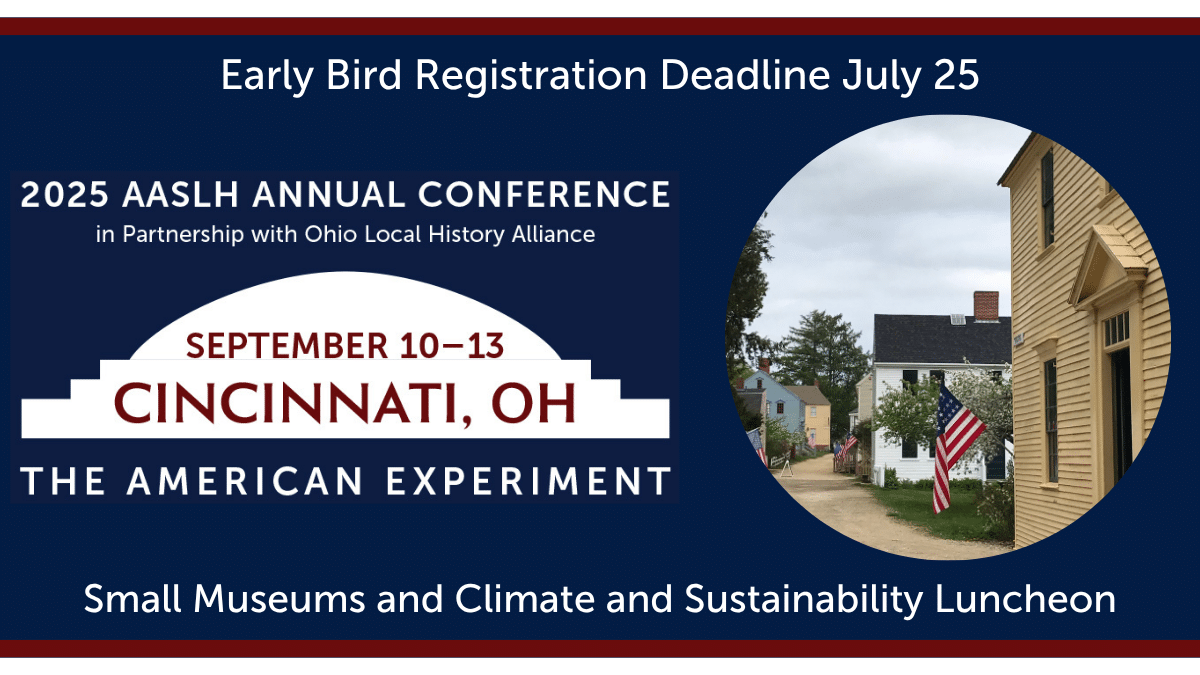 I wanted to share one of our intern’s experience with the community.
I wanted to share one of our intern’s experience with the community.
After writing his history of the Peloponnesian War, the ancient Greek historian Thucydides declared his work to be “a possession for all time.” In doing so, Thucydides affirmed that the need to organize and preserve the defining events of human existence would exist regardless of time and location. Who then is to be entrusted with such a responsibility in today’s world?
It is my conviction that museums occupy a crucial space, one that stands at the intersection of the past, present and future. This is what museums mean to me. Of all societal institutions, museums, be they dedicated to history, art or science, are the most personal, the most intimate and the most human. My time as a collections management intern at the Napa Valley Museum has truly been both revelatory and rewarding.
Despite the often-silent galleries, I see now that any functioning museum resembles a living, breathing organism. From collections to marketing to curating to fundraising, a museum is a collective body composed of many different parts. Perhaps the single most fulfilling characteristic of my internship was the opportunity to experience all areas of museum work.
I was reassured on my first day when the museum told me of their commitment to teaching and responding to the needs of its interns. This was reaffirmed every time I entered the museum. Each staff member not only consistently took the time and effort to teach me about their individual responsibilities, they did so with enthusiasm and grace. As I apply to graduate programs in museum studies, I feel armed with the invaluable experience in multiple fields of museum work that this internship has provided.
Somewhere in the United States a museum intern has been retrieving coffee for their boss for the past three months, meticulously monitoring how much cream and sugar to dispense. I was not that intern. The Napa Valley Museum entrusts their interns with great responsibility, most notably with the assignment of a unique creative project. I was fortunate to be placed in charge of the research, design and production of an exhibit entitled The History of Napa Valley in 25 Objects. As a history student, I was excited about this new challenge. The rich design process quickly eclipsed the one-dimensional demands of the monotonous position papers that I encountered throughout my undergraduate education. Standing back and looking at my finished product, I love the fact that exhibit design includes the best of both analytical thinking and material production. The project required me to use my intellectual capacity to research and write, as well as to explore and interact with the collections department.
One of the most memorable moments of my individual project, and of my entire internship, was investigating a single object for my exhibit. In my attempt to procure an item related to the infamous 1969 Zodiac attack at Lake Berryessa, I was referred to Sgt. Mike Collins with the Napa County Sheriff’s Office. The only Napa detective currently assigned to the still-open Zodiac investigation, Sgt. Collins graciously invited me to meet him at his office. Although he was legally unable to loan any piece of evidence, since it’s still an open investigation, Sgt. Collins spoke with me for nearly two hours about the history of the case and its legacy in the Napa Valley.
A surreal moment even occurred when Kathy Narlow, daughter of the late Ken Narlow, who was the lead Zodiac investigator from 1969 to 1987, walked into the office. I felt an intimacy with this haunting yet intriguing time in Napa history as I listened to Ms. Narlow recall growing up around the Zodiac paranoia and Sgt. Collins’s discuss his experience as the sole investigator of such a prominent unsolved case. Even though I left without an object for my exhibit, my research experience was the true reward. My interaction with history had transcended the mere reading of a book. I felt a visceral connection to the past and had experienced just how human the study of history can be. All of this was possible, thanks to the Napa Valley Museum, and the responsibilities and resources that the staff bestowed upon me throughout my internship.
Three months ago, I drove from Houston to Napa for my internship with the Napa Valley Museum. Even though I was equipped with a budding interest in museum work, I had little idea about what to expect. As I pack up my car and head back to Texas, I leave with much more than a new line for my résumé.
My time with the Napa Valley Museum has been a profound education in the many dimensions that lie behind a successful museum. I have only grown in my passion and desire to work in the museum industry, and I credit this internship with expanding my intellectual horizons. The Napa Valley Museum has the genuine ability to develop the fullest potential in its interns. Looking forward towards graduate school and my career, I am not sure what the future holds for me. What I do know is where I have traveled, and I can confidently say that my Napa Valley Museum internship has been one of my life’s seminal and most stimulating experiences.



